Matt Ensor
Since when has AI been able to be integrated into the engineering practice?
I think the development of AI went through a transition period just a few years ago when people who weren’t either developers or coders began to be able to do some exciting things in AI.
It was about then that I changed the focus of my role to understand better how to use and leverage AI in what we do. Before that, I thought that I would have to retrain as a developer or coder to be able to produce powerful AI.
What is AI as it pertains to engineering?
We have to think of AI as a tool, not a solution. Once you have well-trained AI, the cost of doing some time-consuming tasks falls dramatically. It’s also not just about doing things more quickly and cheaply than we do now; AI can help us do some things that we have always wanted to do in a cost-effective manner. It’s essential that the engineering profession in New Zealand adjusts to what’s coming, and quickly.
Are the AI tools like what you’re using currently available on the open market?
To gain a real advantage, you need to look at developing things yourself. In the case of Beca.ai engagement, I work with the base AI tools that are available from Microsoft and in IBM’s Watson. It means that we can rapidly prototype new use cases and make sure that the AI is trained for our clients’ needs.
What’s your focus in AI?
AI is a big and diverse field, and I focus on what’s known as Natural Language Processing (NLP). My area of interest is in how a community relates to infrastructure. I have always been fascinated with the community response to planned projects and how the public values particular parts of our infrastructure. I have designed our Beca.ai engagement service to allow us to engage and have meaningful one-on-one conversations with thousands of people about their views on infrastructure – without going through the time-consuming processes required just a year or two ago.
What is the process?
Our communications process has two parts. The first part is the interaction with the community, which is completed through a conversational agent. One of these is called Frankly. At first glance, Frankly looks a bit like a chatbot, but it is actually very different, as it’s designed to be as engaging as possible and let the person guide the conversation. The second part is where we use the AI to process and analyse what people are saying. It enables us to develop an idea of what issues the public feels strongly about and what those feelings are without waiting for the time it takes for the traditional human processing of responses.
How has the public accepted the process?
Many people have low expectations of chatbots due to past experiences, so we need to get across how different conversational agents are. Once they become confident with the technology, they find the experience similar to a one-on-one conversation. Frankly is infinitely patient, will listen to every single word that is said, and has no preconceived ideas or bias like a human might have.
Can Frankly use voice recognition?
One option is to just talk on the phone; however, we have found that people seem to be more comfortable when communicating through their web browser or social media interface. It gives them more time to think about what they want to say, and they can backspace to edit their comments. When they use a phone connection, there is no opportunity to take things back if they have second thoughts!
What was the motivation behind developing ‘Tala’ the AI agent that speaks Samoan?
Tala is our conversational agent that can converse in a range of languages. It reflects the diversity in our communities and the challenges that a lack of confidence in English can present for some people to engage in consultation, even when a project might directly affect them. We’re able to remove some of these barriers and bias in who we hear from.
Do you see Natural Language Processing (NLP) like this becoming accepted across the industry?
Yes, I do, and sometimes that’s hard to explain. The engineering profession tends to focus on interpreting numbers, and that is because we haven’t had the technology that has allowed us to analyse the valuable information contained in discussions and text. I think NLP technology will work its way through the engineering sector in ways that are yet to be seen.
How has the workforce accepted the new technology?
I spend time with staff to give them the basic skills in AI so that they can play around with the technology. It means they can then better identify and understand when AI might be a tool for delivering even greater value to our clients. Engineers are well suited to quickly picking up AI concepts, and in my view, the industry needs to upskill its engineers, and not merely bring in AI experts.
Is there a financial risk for a company that is considering implementing AI?
The growth in the use of AI is going to reshape the engineering professional services industry dramatically. Organisations can thrive if they recognise and reward staff who upskill themselves and use AI. The technology is now moving at a rapid pace, and leaders in our profession need to recognise this, and the fantastic opportunity AI will provide.
